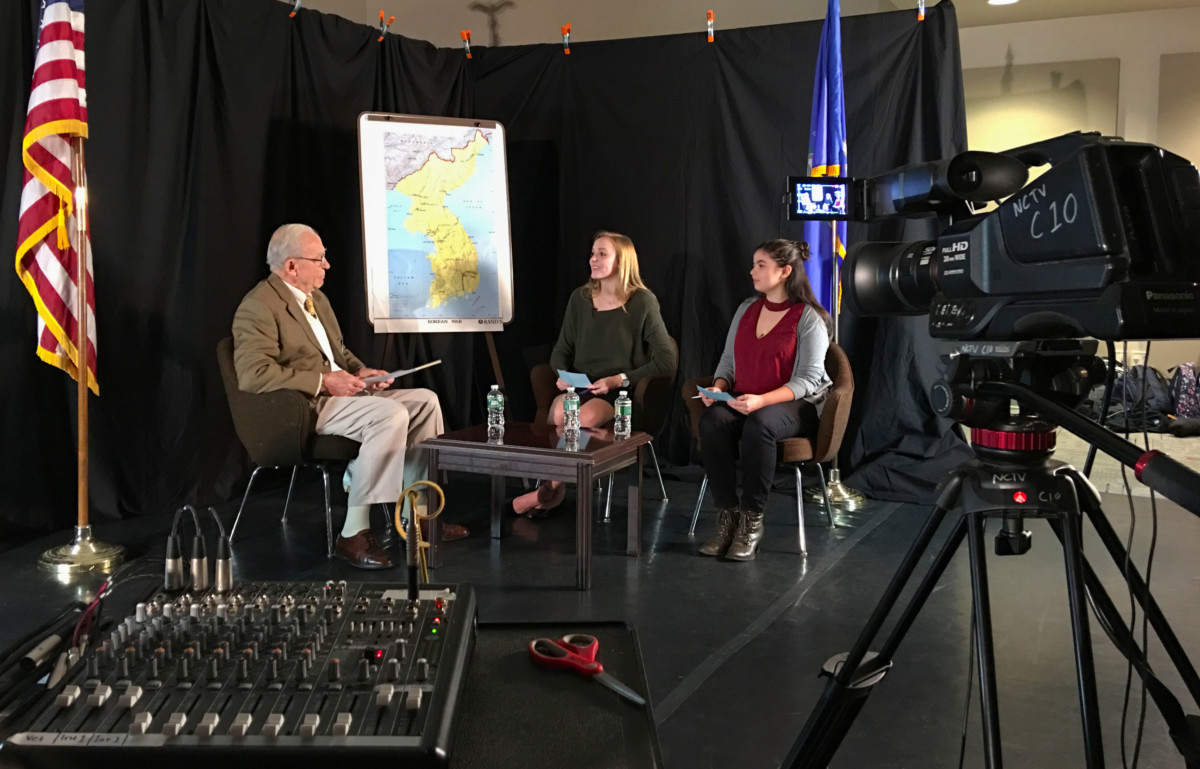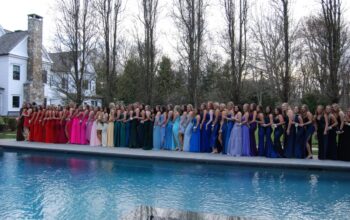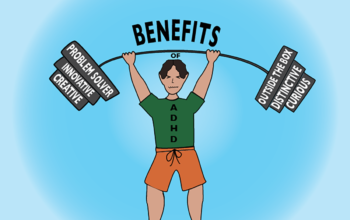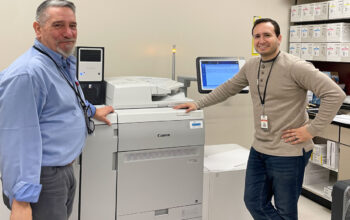Lily Plum, Reporter
@lilypcourant
If most students listened to their parents talk about their experiences in high school, it would seem like blackboard lectures and textbook reading would come up in most conversations. But through Shakespeare performances, costumes, and veterans interviews, NCHS teachers are striving for a more nontraditional route to teaching.
English teacher Jessica Cullen has her students perform Shakespeare along with their in-class reading. “Two English teachers, Ms. Hernberg and Ms. Weeks, took part in a professional development opportunity,” Ms. Cullen said, “they went to the Globe Theater in London over the summer a few years ago and were trained on how to teach Shakespeare through a performance lens.” Performance has since been integrated into their curriculum.
Ms. Cullen referenced a similar learning opportunity she attended with a few other teachers in New York last summer. “We could see how participating in Shakespeare makes it much more engaging,” she said. “It helps with poise and confidence. The confidence to get up there in from of your peers. It gives students an opportunity to collaborate.”
History teacher Marianne Cohen holds in class discussions with her students, who are encouraged to come dressed as their characters in the project. “Sometimes when they can put on a different persona, it becomes easier to be someone else. It gives them a little bit more of an opportunity to step outside their comfort zones,” Ms. Cohen said. “It also helps other students start identifying certain attributes to that particular character.”

One of the most clever costumes Ms. Cohen has seen in class was created by NCHS class of 2013 student Christy Coco who came dressed as Queen Elizabeth. “Christy came in with a cardboard box around her waist. She stood the whole class period because she couldn’t sit. It was magnificent. She was very queenly,” Ms. Cohen said. Another favorite was class of 2021 student Joe McLaughlin. “Joe created Tokugawa Ieyasu’s signature hat out of construction paper. It fit it perfectly, and he was very regal as he sat down,” Ms. Cohen said.
In an effort to turn veterans day into a learning experience for students, the history and Advanced TV Broadcasting classes teamed up to interview veterans. This opportunity provides students with interview experience and a new way to learn about history. TV broadcasting teacher Roman Cebulski worked on the technical side of the project. “We wanted to give the veterans a chance to tell their story,” Mr. Cebulski said, “But we also give students a chance to research about that time period and have a chance to sit down with them and talk about it, to ask questions you might not read in a textbook.”
The project was also a chance for the videos to affect people beyond the NCHS community. “We wanted to archive the videos and submit them to the Library of Congress, so it would become a permanent part of American history,” Mr. Cebulski said.
Mr. Cebulski hopes that through this project students will have a greater appreciation for our military. Watching online, however, is different from being there yourself. This alternate teaching is best experienced by doing the project, not just watching the videos. “We were making the videos for people to watch anywhere in the world, but it’s not as impactful as if someone was sitting there, right in that room,” Mr. Cebulski said.
The interview process also developed other skills that benefit personal interactions, even outside of school. “Students learned things to do, things not to do, how to dress, how to handle yourself, and how to sit up straight. These are people who gave years of their life to serving, so how do you handle yourself when you talk to them?” Mr. Cebulski said.
Social studies department chair Robert Stevenson also played a vital role in the project. “These kinds of projects have students more engaged with history,” Mr. Stevenson said. “It’s interacting with the people who made the history. The history department has abandoned traditional teaching methods a decade ago. I’m happy to see kids who are more excited to be in social studies classes than when I was in social studies classes.”




